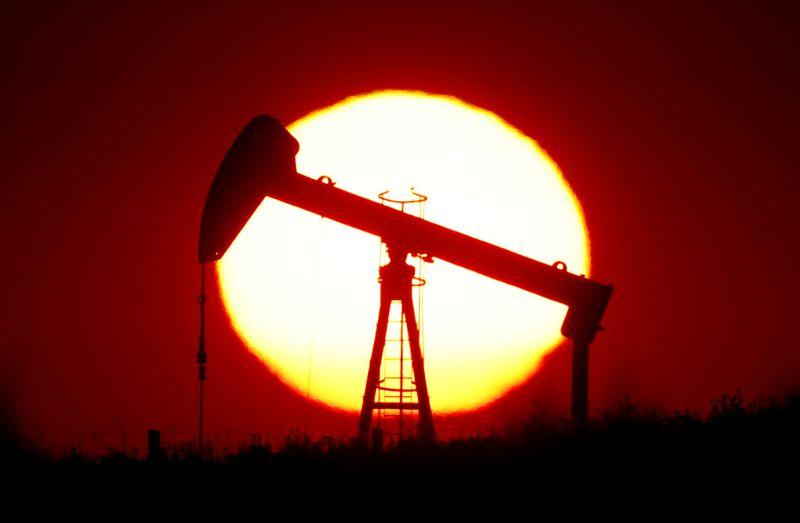NEW YORK – Oil prices slipped over 2% on Thursday as new restrictions to stem a surge in COVID-19 infections increased uncertainty over the outlook for economic growth and a recovery in fuel demand.

Brent futures LCOc1 fell $1.00, or 2.3%, to $42.32 a barrel by 11:13 a.m. EDT (1513 GMT), while U.S. West Texas Intermediate (WTI) crude CLc1 fell $1.04, or 2.5%, to $40.00.
The market pared some of its losses after the U.S. Energy Information Administration said energy firms pulled 3.8 million barrels of crude from U.S. stockpiles last week.
That is higher than the 2.8 million-barrel draw analysts forecast in a Reuters poll and confirms the bigger than expected 5.4 million-barrel drop seen in industry data released late Wednesday.
“There is no doubt that the hurricane made the draws larger,” said Phil Flynn, senior analyst at Price Futures Group in Chicago, referring to Hurricane Delta, which hit the U.S. Gulf Coast on Oct. 9.
Some European countries are reviving curfews and lockdowns to try to contain the rise in new coronavirus cases, with Britain expected to impose tougher COVID-19 restrictions on London from midnight on Friday.
“The coronavirus surge is forcing Europe to reinstate pandemic restrictions to curb the virus spread and that is … crippling short-term crude demand forecasts,” Edward Moya, senior market analyst at OANDA in New York, said, noting “Anemic demand will force (OPEC+) to delay any easing of oil production cuts.”
OPEC and its allies, together called OPEC+, are due to taper production cuts by 2 million barrels per day (bpd), from 7.7 million bpd currently, in January.
OPEC+ had 102% compliance with its agreement to cut oil supply in September, two OPEC+ sources told Reuters ahead of a technical committee meeting on Thursday.
The group will ensure oil prices do not plunge steeply again when it meets to set policy at the end of November, OPEC’s Secretary General said, adding that demand has been recovering more slowly than expected.
Top global oil traders Vitol, Trafigura and Gunvor said they saw slow oil demand recovery because of a second coronavirus wave with oil prices rising to or above $50 per barrel only by October next year.
“Toxic brew of COVID-19 lockdowns, especially in Europe, and the apparent end of any hopes for a U.S. stimulus deal before the election are weighing on risk assets,” said Bob Yawger, director of energy futures at Mizuho in New York.
[contextly_sidebar id=”ixA8Qzy2M8tV7x1ffMWvrWYO1f3phus1″]



